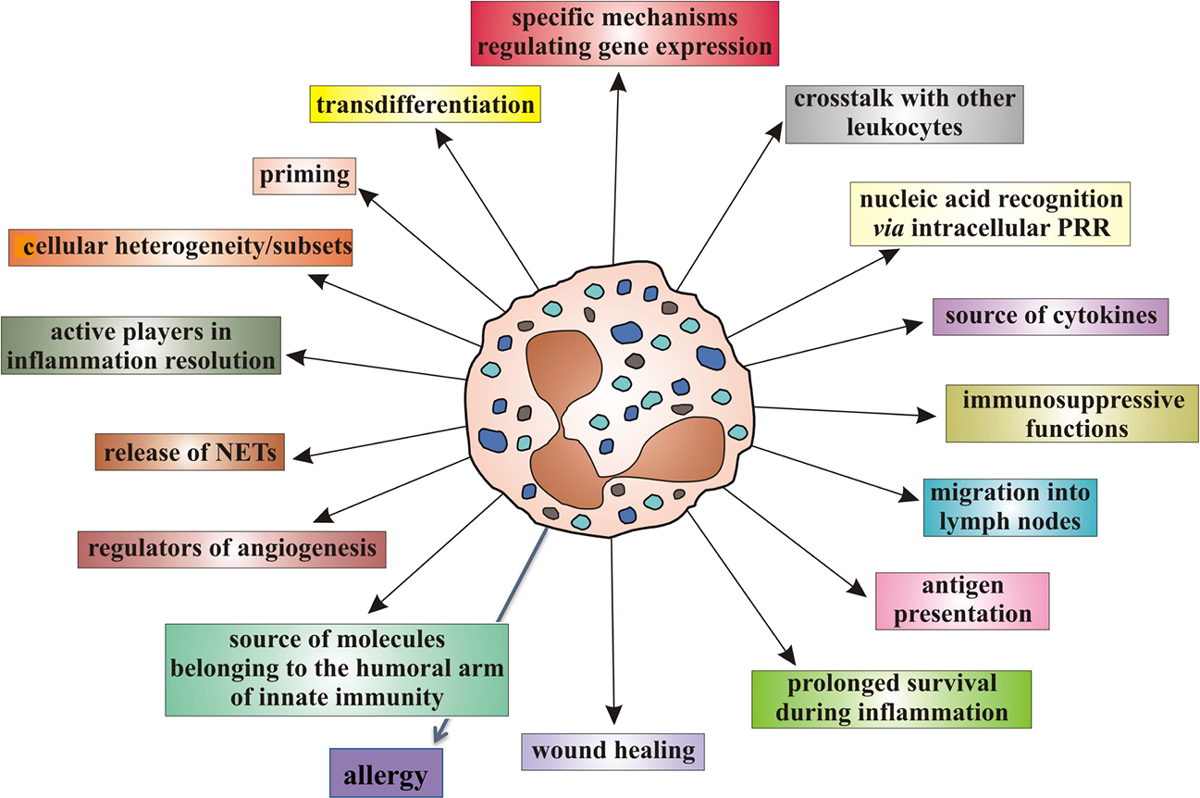Glucose Metabolic Changes in the Brain and Muscles of Patients with Nonspecific Neck Pain Treated by Spinal Manipulation Therapy: A [18F]FDG PET Study
SOURCE: Evid Based Complement Alternat Med 2017 (Jan 12); 2017: 4345703 ~ FULL TEXT
Akie Inami, Takeshi Ogura,
Shoichi Watanuki, Md. Mehedi Masud,
Katsuhiko Shibuya, Masayasu Miyake, et al.
Division of Cyclotron Nuclear Medicine,
Cyclotron and Radioisotope Center,
Tohoku University,
Sendai, Japan.
Objective. The aim of this study was to investigate changes in brain and muscle glucose metabolism that are not yet known, using positron emission tomography with [18F]fluorodeoxyglucose ([18F]FDG PET).
Methods. Twenty-one male volunteers were recruited for the present study. [18F]FDG PET scanning was performed twice on each subject: once after the spinal manipulation therapy (SMT) intervention (treatment condition) and once after resting (control condition). We performed the SMT intervention using an adjustment device. Glucose metabolism of the brain and skeletal muscles was measured and compared between the two conditions. In addition, we measured salivary amylase level as an index of autonomic nervous system (ANS) activity, as well as muscle tension and subjective pain intensity in each subject.
Results. Changes in brain activity after SMT included activation of the dorsal anterior cingulate cortex, cerebellar vermis, and somatosensory association cortex and deactivation of the prefrontal cortex and temporal sites. Glucose uptake in skeletal muscles showed a trend toward decreased metabolism after SMT, although the difference was not significant. Other measurements indicated relaxation of cervical muscle tension, decrease in salivary amylase level (suppression of sympathetic nerve activity), and pain relief after SMT.
There are more articles like this @ our:
Conclusion. Brain processing after SMT may lead to physiological relaxation via a decrease in sympathetic nerve activity.
From the Full-Text Article:
Introduction
Spinal manipulation therapy (SMT), which is performed by healthcare practitioners such as chiropractors, osteopathic physicians, and physiotherapists, has been applied mainly to musculoskeletal problems such as neck pain or low back pain. Many investigators have performed various experiments to elucidate the mechanism underlying the clinical effects of SMT. The earliest studies analyzed the magnitude of the force applied to the vertebrae and the movement of vertebrae during SMT, with the forces exerted by the practitioner quantified using a flexible pressure mat [1, 2]. The rotation and relative movement of vertebrae after treatment using a mechanical adjusting device (activator adjusting instrument, AAI) [3] have also been reported [4–8]. Previous studies have suggested that SMT has beneficial clinical effects, including pain relief [9] and reduction of blood pressure [10, 11]. It is thought that biomechanical input by SMT could generate a physical response or reflex [12]; however, the mechanism of these clinical effects induced by SMT is still unknown.
In recent years, the findings of brain activation studies using imaging modalities such as functional magnetic resonance imaging, near-infrared spectroscopy, and positron emission tomography (PET) have contributed to advances in brain science [13]. Such studies are able to enhance our understanding of the neurophysiological effects of specific physical/psychological tasks by detecting associated activation and deactivation of brain regions. PET has also been used to elucidate the metabolic changes that alternative therapies induce in living tissues; for example, an 18F-labeled glucose analog has been used to study cerebral metabolic changes after acupuncture [14] and aromatherapy [15], and [15O]H2O has been used to assess changes in cerebral blood flow during massage [16]. Lystad and Pollard have noted the usefulness of neuroimaging techniques for gaining a better understanding of the neurophysiological effects of SMT [17].
SOURCE: Read the rest of this Full Text article now!





Leave A Comment